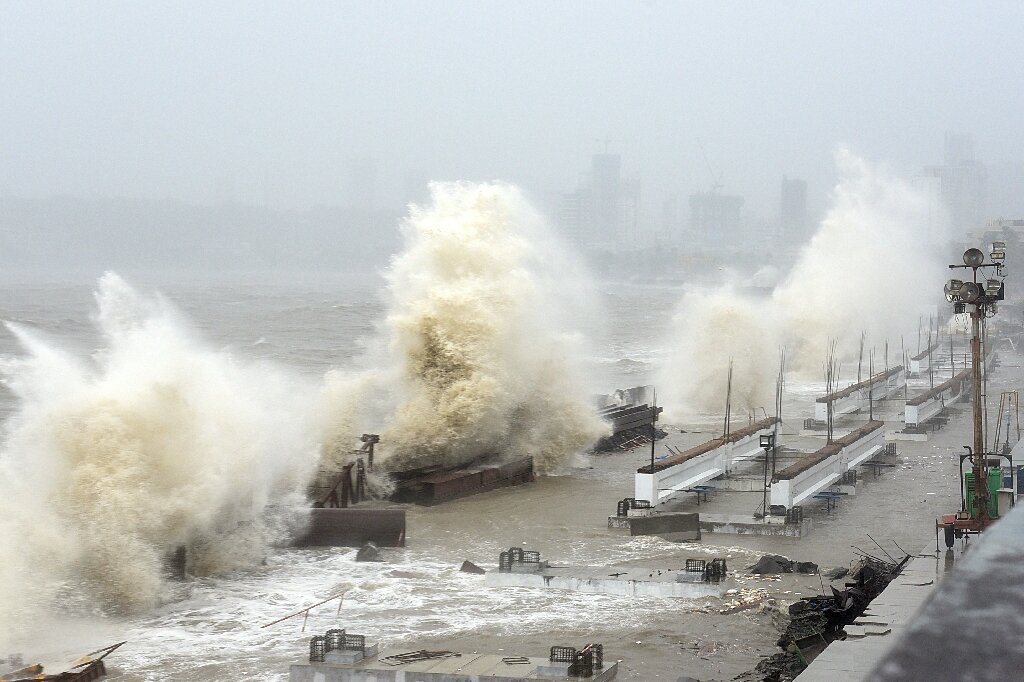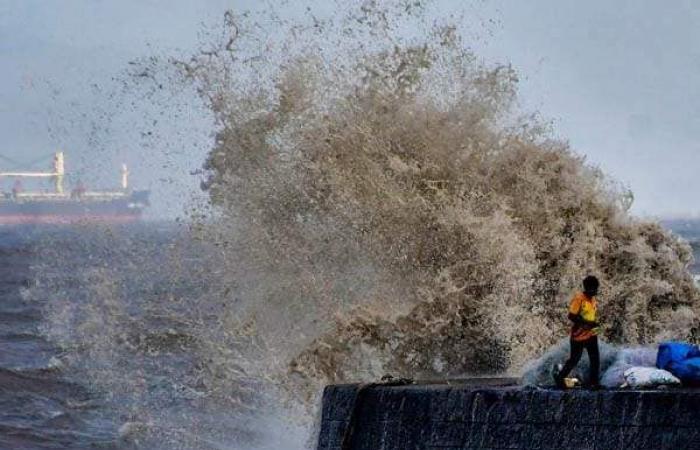India’s bustling west coast ports have been hit by yet another major setback as a powerful cyclone ravages the region. The cyclone, which made landfall with destructive force, has forced the shutdown of several key ports that were already grappling with severe congestion issues. The closure of these ports is expected to exacerbate supply chain disruptions, impacting both domestic and international trade. In this article, we delve into the effects of the cyclone on India’s West Coast ports and explore the challenges faced by the region.

Cyclone Biporjoy In Kutch, Gujarat Shuts Down Congested Ports on India’s Busy West Coast
The west coast of India has long been a critical hub for maritime trade, with ports such as Mumbai, Mundra, and Hazira handling a significant portion of the country’s imports and exports. However, these ports have been grappling with congestion issues for quite some time, leading to delays, increased costs, and logistical challenges.
The recent cyclone biparjoy which struck the region with ferocity, has added another layer of complexity to an already strained system. In response to the cyclone’s approach, port authorities have been forced to suspend operations, leaving vessels stranded at sea or unable to offload their cargo. The closure of these ports, albeit a necessary precautionary measure, is expected to have far-reaching consequences.
Supply Chain Disruptions and Economic Impact
The temporary closure of key west coast ports will inevitably disrupt supply chains, affecting businesses and consumers alike. Imports and exports will face delays and potential rerouting, leading to increased costs and logistical headaches for traders and shipping companies. Industries reliant on timely deliveries, such as automotive, manufacturing, and retail sectors, are likely to experience production slowdowns and inventory shortages.

Additionally, the economic impact of the cyclone’s aftermath is likely to be significant. India’s west coast ports are crucial not only for domestic trade but also for international maritime commerce. Disruptions in the supply chain can have a ripple effect on global trade, particularly for industries relying on Indian exports, including textiles, pharmaceuticals, and agricultural products.
Addressing Congestion Challenges
The closure of ports due to the cyclone has underscored the urgent need to address the ongoing congestion issues plaguing India’s west coast ports. In recent years, efforts have been made to enhance port infrastructure and streamline operations. However, the surge in trade volume has outpaced the capacity of these improvements, leading to persistent bottlenecks.
To alleviate congestion, it is crucial to invest in expanding port infrastructure, including deepening and widening channels, constructing additional berths, and improving connectivity to hinterland areas. Furthermore, implementing advanced technologies and digital solutions can optimize port operations, enhance efficiency, and reduce turnaround times.
Disaster Preparedness and Resilience
Cyclones and other natural disasters are an inherent risk in coastal regions. Building resilience against such events is vital for the smooth functioning of ports and ensuring minimal disruption to trade. Strengthening port infrastructure, developing early warning systems, and establishing robust emergency response protocols are essential elements of disaster preparedness.
Moreover, enhancing collaboration and information-sharing among stakeholders, including port authorities, shipping lines, and logistics providers, can facilitate a coordinated response during crises. By working together, the industry can minimize the impact of future cyclones and similar events on port operations and the wider supply chain.
Conclusion
The recent cyclone biparjoy has dealt a severe blow to India’s congested west coast ports, exacerbating existing challenges and causing disruptions in domestic and international trade. The closure of these ports due to the cyclone highlights the urgent need for long-term solutions to address congestion issues. Investments in port infrastructure, the adoption of advanced technologies, and disaster preparedness measures are crucial steps toward ensuring the resilience and efficiency of India’s key maritime hubs.
